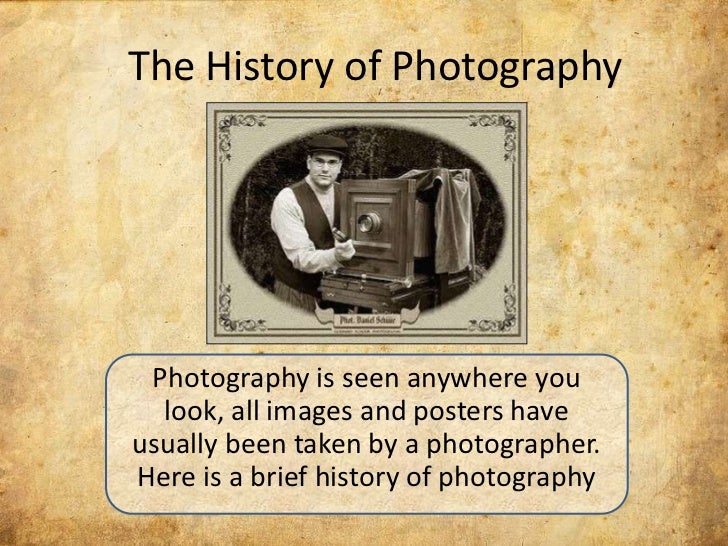 |
| @karungu elijah photo credits THOMAS RIQUIE |
Today i will be taking you through the various camera angles to make you understand more about photography.
The camera angle marks the specific location at which the camera or video camera is placed to take a shot. A scene may be shot from several camera angles simultaneously depending on the scene required. Where the camera is placed in relation to the subject can affect the way the viewer perceives the subject. A Viewpoint is the apparent distance and angle from which the camera views and records the subject. this are some of the camera angles that are commonly used today.
The Bird's-Eye view
 |
| @karungu elijah |
High Angle
 |
| @karungu elijah |
Eye Level
 |
| @karungu elijah |
Low Angle
 |
| @karungu elijah |
These increase height and give a sense of speeded motion. Low angles help give a sense of confusion to a viewer, of powerlessness within the action of a scene. The background of a low angle shot will tend to be just sky or ceiling, the lack of detail about the setting adding to the disorientation of the viewer. The added height of the object may make it inspire fear and insecurity in the viewer, who is psychologically dominated by the figure on the screen.
Oblique/Canted Angle
Sometimes the camera is tilted (ie is not placed horizontal to floor level), to suggest imbalance, transition and instability (very popular in horror movies). This technique is used to suggest POINT-OF-View shots (ie when the camera becomes the 'eyes' of one particular character,seeing what they see — a hand held camera is often used for this.























